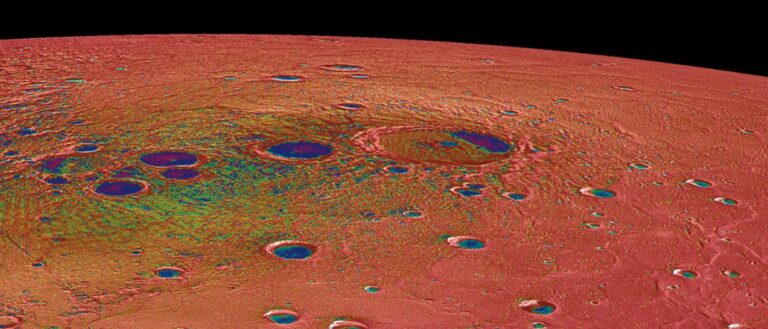
Steven Hauck was helping analyze data from NASA's MESSENGER mission a decade ago when scientists discovered what he still considers "one of the coolest things that we found."
That four-year orbiting trip around Mercury revealed a surface pocked with features found nowhere else and reminiscent of Swiss cheese. Dubbed "hollows," they occur when rocks turn to gas and disappear into space.
Determining what type of minerals might do that and how common they are "will be important for understanding what Mercury's crust was made of right after the planet formed," said Hauck, a professor and chair of the Department of Earth, Environmental and Planetary Sciences at Case Western Reserve. Hauck has spent his career studying the mysteries of Mercury, as well as the evolution of other planetary bodies' interiors and surfaces.






